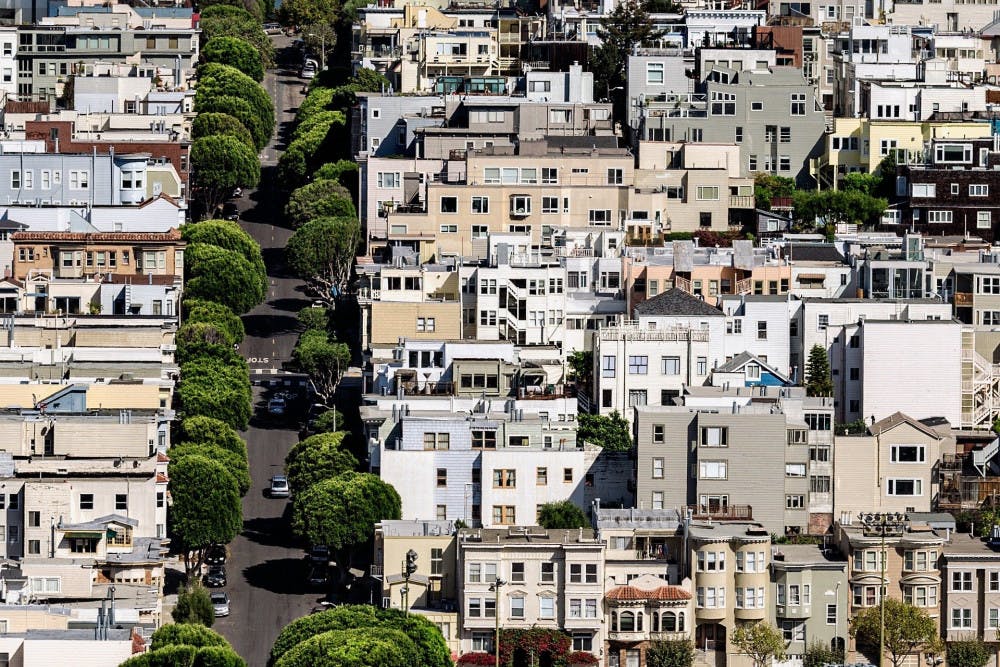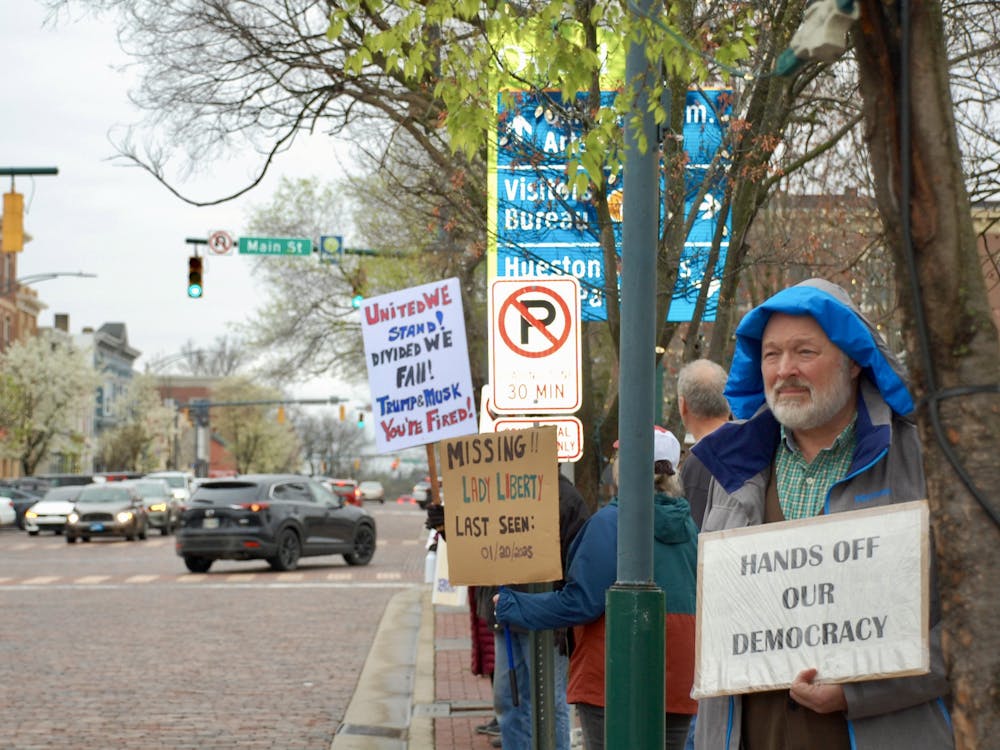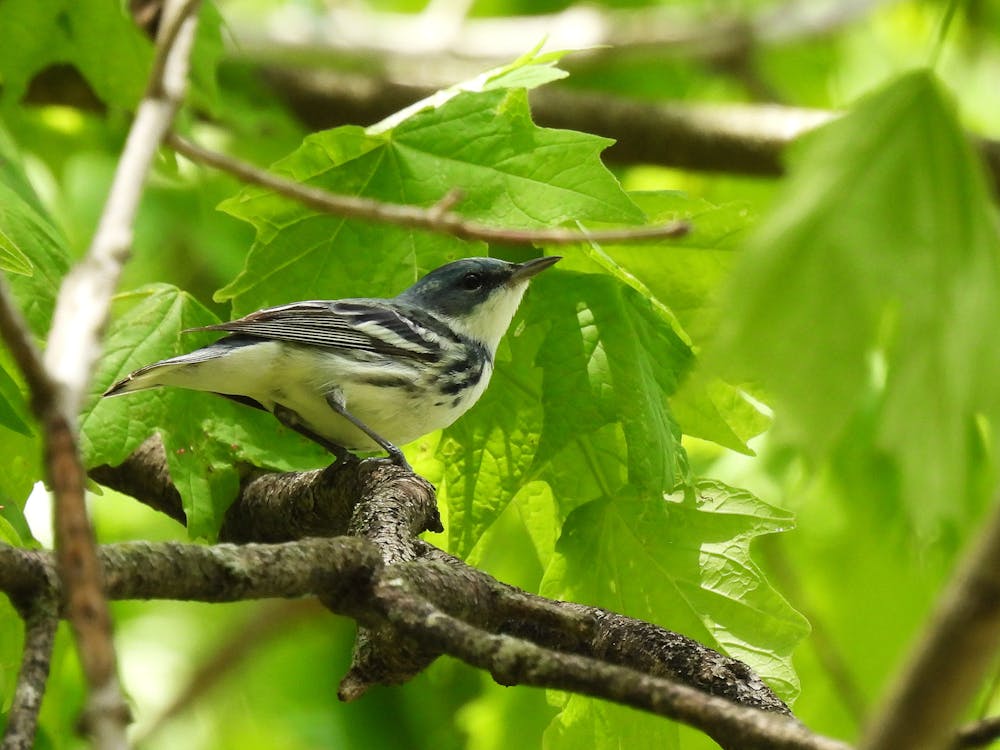By: Sydney Rushing
The U.S. Environmental Protection Agency (EPA) defines environmental justice as “the fair treatment and meaningful involvement of all people regardless of race, color, national origin, or income, with respect to the development, implementation, and enforcement of environmental laws, regulations, and policies.” The Office of Environmental Justice was established in 1992 as a branch of the EPA and “has worked to address the disproportionately adverse human health and environmental impacts in overburdened communities by integrating environmental justice considerations throughout the Agency.” The organization provides financial and technical support for local, state and federal governments to relieve the stress put on populations particularly vulnerable to the impacts of climate change.
In 1991 at The People of Color Environmental Leadership Summit, a list of the seventeen principles of environmental justice was drafted. These principles set precedent for actionable steps that continue to inspire current movements. A couple particularly notable ones include principle two, that “environmental justice demands that public policy be based on mutual respect and justice for all peoples, free from any form of discrimination or bias” and principle sixteen, where “environmental justice calls for the education of present and future generations which emphasizes social and environmental issues, based on our experience and an appreciation of our diverse cultural perspectives.”
Landscape architecture is a career which directly intersects with and provides a means for environmental justice. Landscape architects “analyze, plan, design, manage, and nurture the built and natural environments. [They] have a significant impact on communities and their quality of life,” describes The American Society of Landscape Architects.
Through intentional planning and implementation, landscape architecture has the power to shape the way people interact with and experience the world on a daily basis in a way that is sustainable and equitable. Well-designed landscapes are responsive to the environment. They are regenerative, sequester carbon, restore habitats, clean water and air and play a major role in the development of healthy communities. The impact of a well-planned, sustainable landscape has social and economic benefits in addition to environmental ones.
Tackling the issue of environmental justice can be daunting and often overwhelming, even to a professional. One simple and highly transformative initiative is planting trees in otherwise neglected low-income communities. Improved air quality, street aesthetic and a more welcoming environment stem from well-planned streetscapes. This may attract businesses to establish themselves in the community, providing jobs for local residents and potential further investment.
One Tree Planted is a 501(c)(3) non-profit organization with a focus on reforestation. Although the scope of this organization's work is large scale, their message is applicable at all levels. The organization recently released a statement addressing current events regarding racial inequality in the United States. The organization stands firm in their belief that, “the intersection of social justice and environmental equity is undeniable-and [they] firmly believe that we must come together as a society in order to create a healthy, safe, and sustainable world for all.” One Tree Planted acknowledges that “people of color are disproportionately affected by environmental injustices like polluted water supplies and hazardous waste dumps.”
Low-income urban communities are regularly faced with the consequences of decades of pollution and environmental degradation which large companies are responsible for. “Efforts to protect the environment have been exclusive, even leading to the deliberate placement of pollutants in black and poor communities of color.” One Tree Planted views planting trees as one way to alleviate the burden of environmental injustice in addition to using their platform to inspire change.
Elsewhere in architecture, Perkins and Will is a top design firm in the United States and is nationally recognized for their high quality and impactful work. In Aug. 2020, the firm hosted a virtual conversation through “Race and Equity in Design: A Global Dialogue.” The forum was joined by a diverse group of designers, educators, and planning professionals, one of which was Kofi Boone, a professor of landscape architecture at North Carolina State University.
In the conversation, Boone explained that something as benign as a tree has the power to address in-equity on a local scale. Trees add visual appeal to urban neighborhoods. Additionally, secondary benefits include combating climate change and the urban heat island effect. Boone explained that “what you find in terms of legacy is that the really great trees and landscapes were built in areas outside the redlined places.” This means that low income communities which were neglected 100 years ago will continue to be negatively affected for generations to come.
Pairing the interdisciplinary scope of environmental justice with landscape architecture provides new doorways for creative thinkers and proactive leaders to join the conversation and provide momentum toward a sustainable and inclusive future. Still, environmental justice is a subject of great depth which can not be achieved instantaneously. Striving toward a more self aware society which values the protection of both the environment and humanity will be arduous but is necessary.
Enjoy what you're reading?
Signup for our newsletter
Cover photo courtesy of Pixabay




